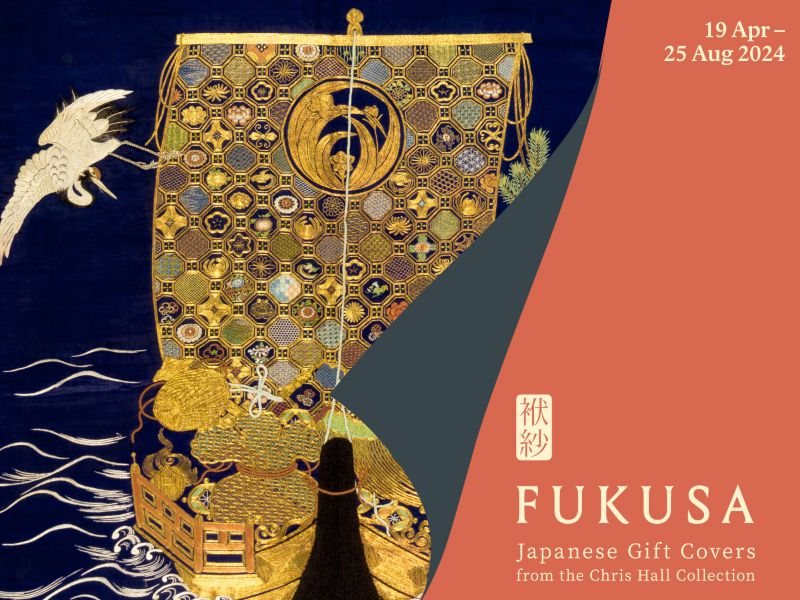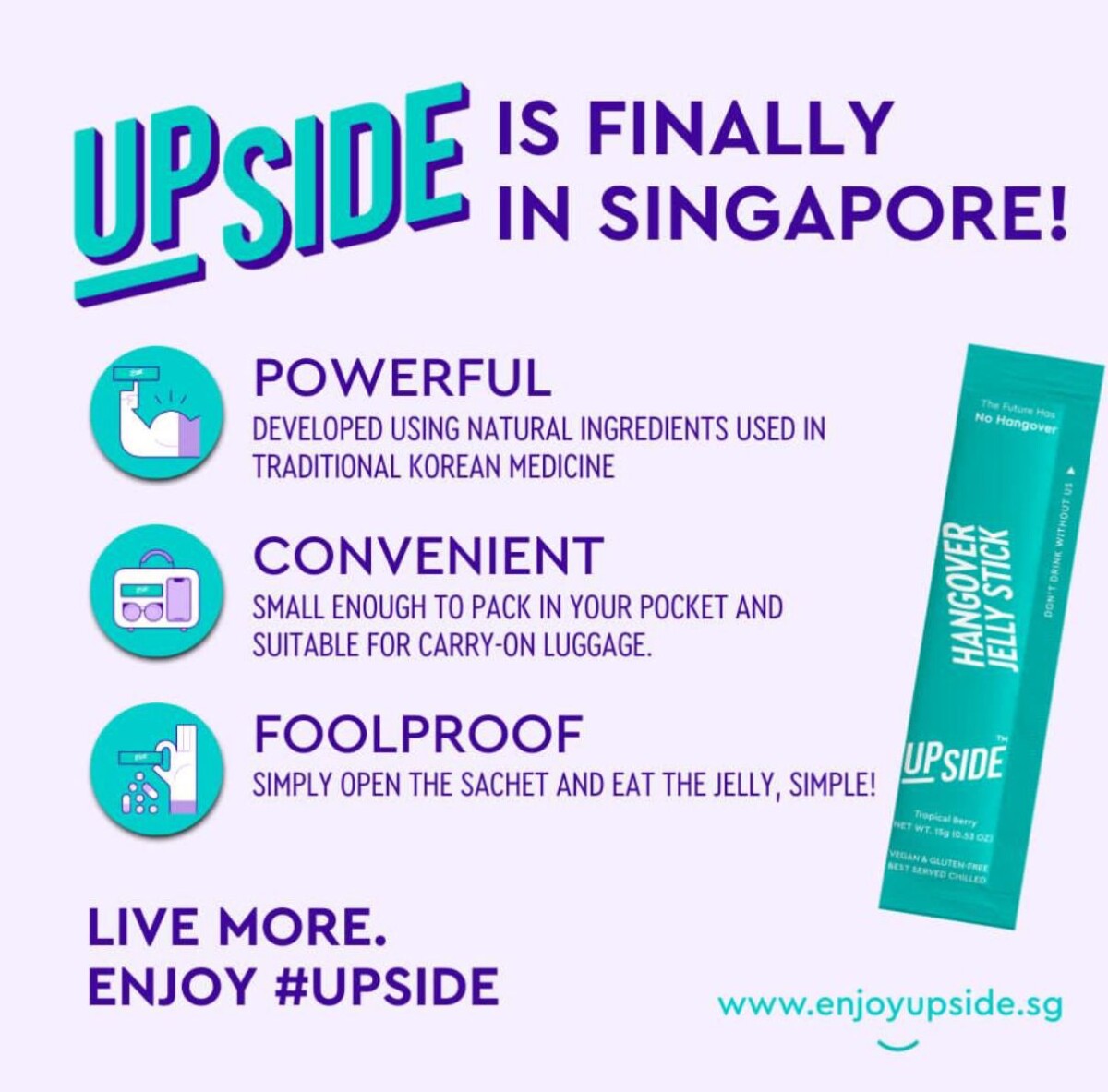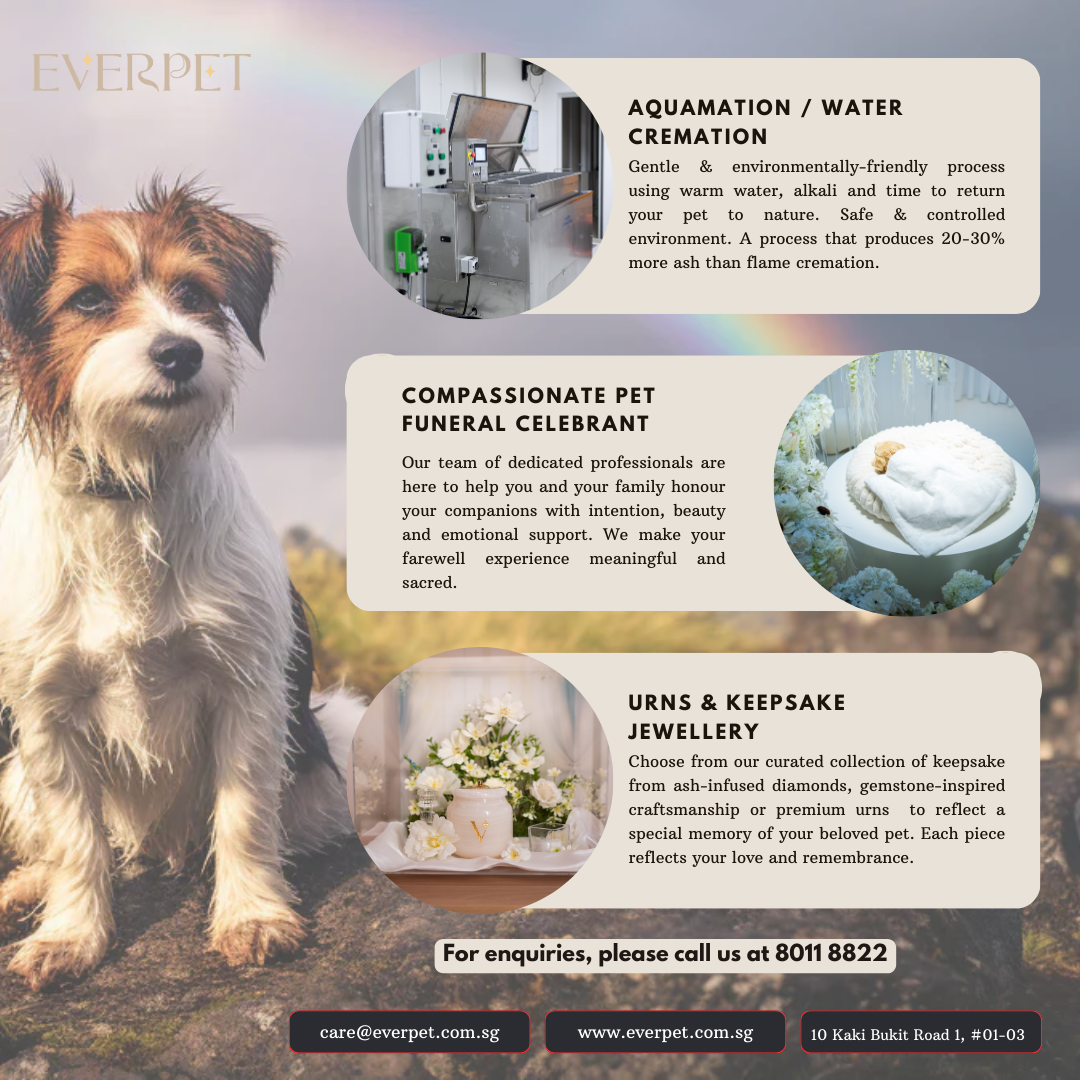Why and how do we give gifts? The act of gifting is deeply ingrained and takes many forms across histories and cultures. In Japan, the practice of formally presenting gifts with silk covers called fukusa began in the Edo period (1603-1868). These covers were draped or folded over gifts for a variety of occasions, from seasonal festivities to important personal events, and are some of the finest examples of Japanese textile artistry.
Fukusa: Japanese Gift Covers from the Chris Hall Collection celebrates a major gift of Japanese art from the renowned collector Chris Hall. With over 80 fukusa, kimonos, and related textiles displayed, the exhibition explores craft; trade and exchange between Japan, China, and the West, and the act of gifting across cultures, as seen through a presentation of Peranakan textiles from the National Collection. Visitors are invited to draw connections between gift customs of the past and present through an interactive digital programme, and to participate in hands-on workshops, performances, and tours.


Details:
19 April to 25 August 2024
Daily, 10 am – 7 pm / Fridays, 10 am – 9 pm
Peranakan Museum
$6 for Singaporeans and Permanent Residents: $16 for Foreigners
ABOUT THE PERANAKAN MUSEUM
The Peranakan Museum presents the cross-cultural art of Peranakan communities in Southeast Asia. Installed in the former Tao Nan School, built in 1912, it holds one of the world’s finest public collections of Peranakan objects. Three floors explore Peranakan life through themes related to origins, home and style as aspects of identity. Community interviews, recorded demonstrations, art commissions, and other contemporary expressions of Peranakan culture provide a multi-faceted experience for visitors, encouraging them to ask themselves: “What is Peranakan?”
The museum is a department of ACM, operating under the National Heritage Board.
For the latest deals and content, join our Telegram channel here today!









